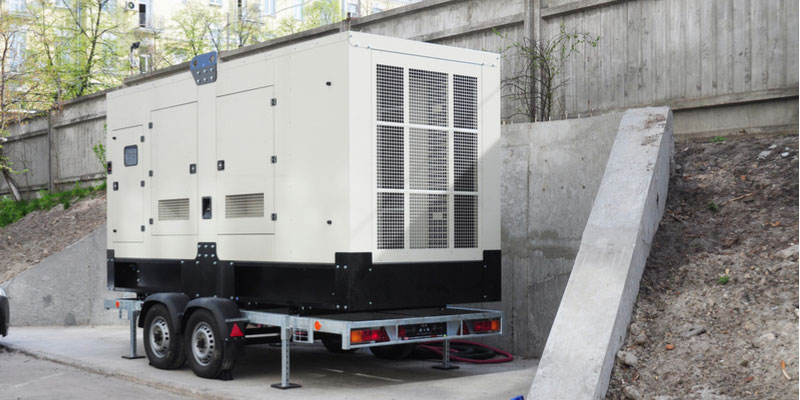A high quality commercial generator can save your company innumerable amounts of money. Just think about how much money you stand to lose in a power outage when your business comes to a screeching halt. Food spoils, computers shut down, servers crash without saving recent data… the list goes on and on.
The great thing about a commercial generator is that it can click on and start powering your business the moment the normal power grid shuts down. By installing a commercial standby generator with an automatic switch, the generator will transfer on the moment power is lost. That way, you don’t miss a beat.
A generator can pay for itself in a single power outage. It keeps your business running, while maintaining happy customers and safe employees. Commercial generators offer more applications and components than your typical residential generator. Commercial generators tend to have thicker gauges and larger engines. They are usually liquid-cooled with internal gadgets designed to handle higher wattages and the heat associated with this additional power. Plus, they can run for longer periods of time. These extra bells and whistles are extremely important for businesses that utilize a lot of power.
Single-phase vs. 3-phase generators: what are the differences?
There are many options when it comes to commercial-grade generators. You can custom build a model to fit your voltage requirements. Standard residential utility power is “single-phase” and can power 120/140-volt—which is plenty for your typical household appliances. On the other hand, commercial generators typically offer “3-phase,” which supports much greater demand for electricity than a microwave, hair dryer, or toaster oven.
Single-phase generators are typically used for residential purposes. Although, smaller business that only need to supply energy to basic electronics may require a single-phase generator, capable of producing 240 volts.
If your business powers larger machinery and equipment, a three-phase generator is essential to keeping your business up and running during an outage. Farms, manufacturing companies, technology firms, and so on—there are many businesses (big and small) that require greater energy output supplied through a three-phase generator.
Unsure which one you require? You can contact your utility company to get an idea for what you’ll need. You can always call your friends at Cooling Power too! We are more than happy to assess your building and power needs to find an ideal solution.
Check Your Main Electrical Panel
Look at your main electrical panel to see how electricity enters the building. It is common for electricity to come through the building at 120/208 or 277/480-volts as it enters the first electrical panel. Step-down transforms are often utilized to transfer the entering utility voltage into 120/140 or 120/208 volts. A secondary panel can then move the electricity around the entire building.
It is commonly recommended to purchase or rent a generator that offers the same power capacity as the incoming voltage listed on the panel. As a result, power is restored to both electrical panels in an outage.
Buy or Rent a Standby Commercial Generator
We offer standby generators for rent and sale. Per request, we perform installation services as well. Contact us today to learn more about renting vs. buying generators. We can also help you find the most cost effective solution for your business.

